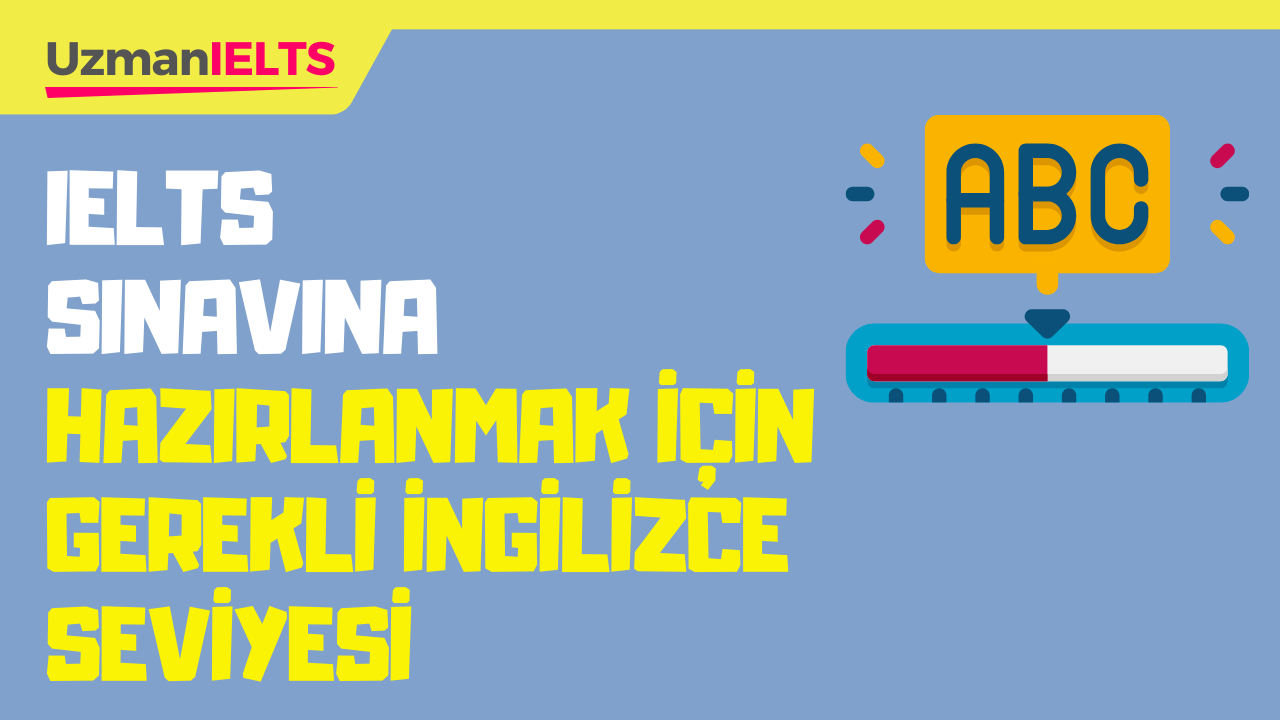Bizimle çalıştınız ve istediğiniz skoru alamadınız, o zaman ödemiş olduğunuz tüm ücreti size kesintisiz olarak iade ediyoruz. Üstelik bunu resmi garanti belgesi ile yapıyoruz.
BASIC LIFE SUPPORT
Users of BLS (Basic life support) protocols are assumed to have knowledge of the more detailed and basic patient care principles found in emergency medical services textbooks and literature.
The sequence for adult basic life support is as follows:
1. If the patient is breathing normally, and pulse is present then the patient should be placed in the recovery position and monitored. Transport if required, or wait for the EMS to arrive and take over.
2. If patient is not breathing assess pulse at the carotid on your side for 5 seconds and not more than 10 seconds; begin immediately with chest compressions at a rate of 30 chest compressions in 18 seconds followed by two rescue breaths in 5 seconds each lasting for 1 second.
3. If the victim has no suspected neck injury, open the airway using the head-tilt/chin-lift maneuver.
4. Continue chest compression at a rate of 100 compressions per minute for all age groups, allowing chest to recoil in between. Keep counting aloud. Press hard and fast maintaining the rate of about 100/minute. Allow recoil of chest fully between each compression. After every 30 chest compressions give two rescue breaths using the mouth-to-mouth technique, or a bag-valve-mask (BVM). Continue for five cycles or two minutes before re-assessing pulse.
5. If the ventilations are successful, assess for the presence of a pulse at the carotid artery. If a pulse is detected, then the patient should continue to receive artificial ventilations at an appropriate rate and transported immediately. Otherwise, begin CPR at a ratio of 30:2 compressions to ventilation's at 100 compressions/minute for 5 cycles.
6. After 5 cycles of CPR, the Basic life support (BLS) protocol should be repeated from the beginning, assessing the patient's airway, checking for spontaneous breathing.
7. BLS protocols continue until (1) the patient regains a pulse, (2) the rescuer is relieved by another rescuer of equivalent or higher training (see patient abandonment), (3) the rescuer is too physically tired to continue CPR, or (4) the patient is pronounced dead by a medical doctor.
SORULAR
Complete the sentences below.
Choose NO MORE THAN THREE WORDS from the text for each answer.,
1. BLS protocol users probably know more thorough and fundamental ------- principles which are fixed in emergency medical services tutorials.
2. A patient who breathes regularly, and whose pulse is noticed, should be located in the ------- and examined.
3. If you feel that the patient is not breathing you can check the pulse at the carotid on your side holding for -------.
4. Airway should be opened if you do not find any signs of -------.
5. You should compress the chest with the speed of ------- per minute.
6. If you succeed doing ventilations then check whether there is a pulse at the ------- or not.
7. After ------- of CPR, it is necessary to repeat fully the BLS protocol.
8. BLS can be terminated if the patient is ------- by a medical doctor.
CEVAPLAR
1. patient care
2. recovery position
3. 5 seconds
4. neck injury
5. 100 compressions
6. carotid artery
7. 5 cycles
8. pronounced dead

















